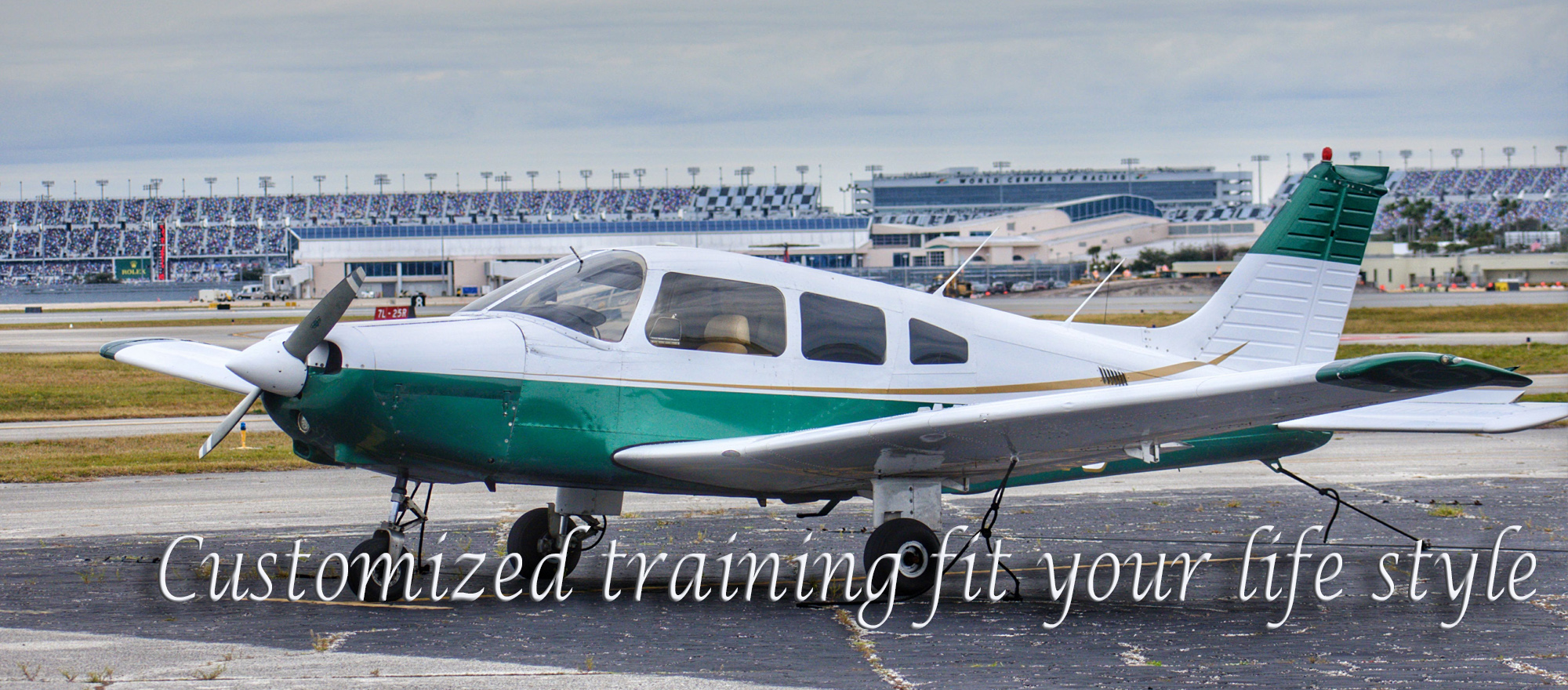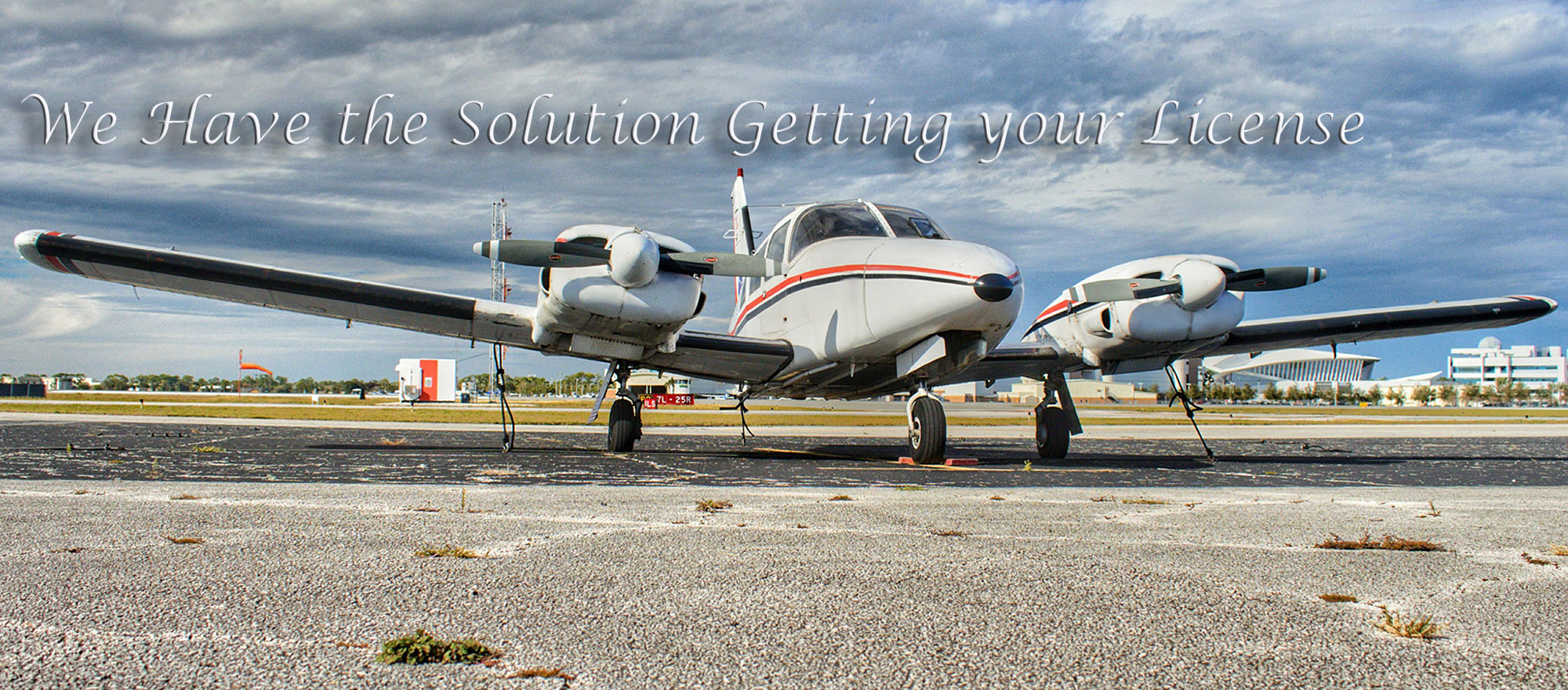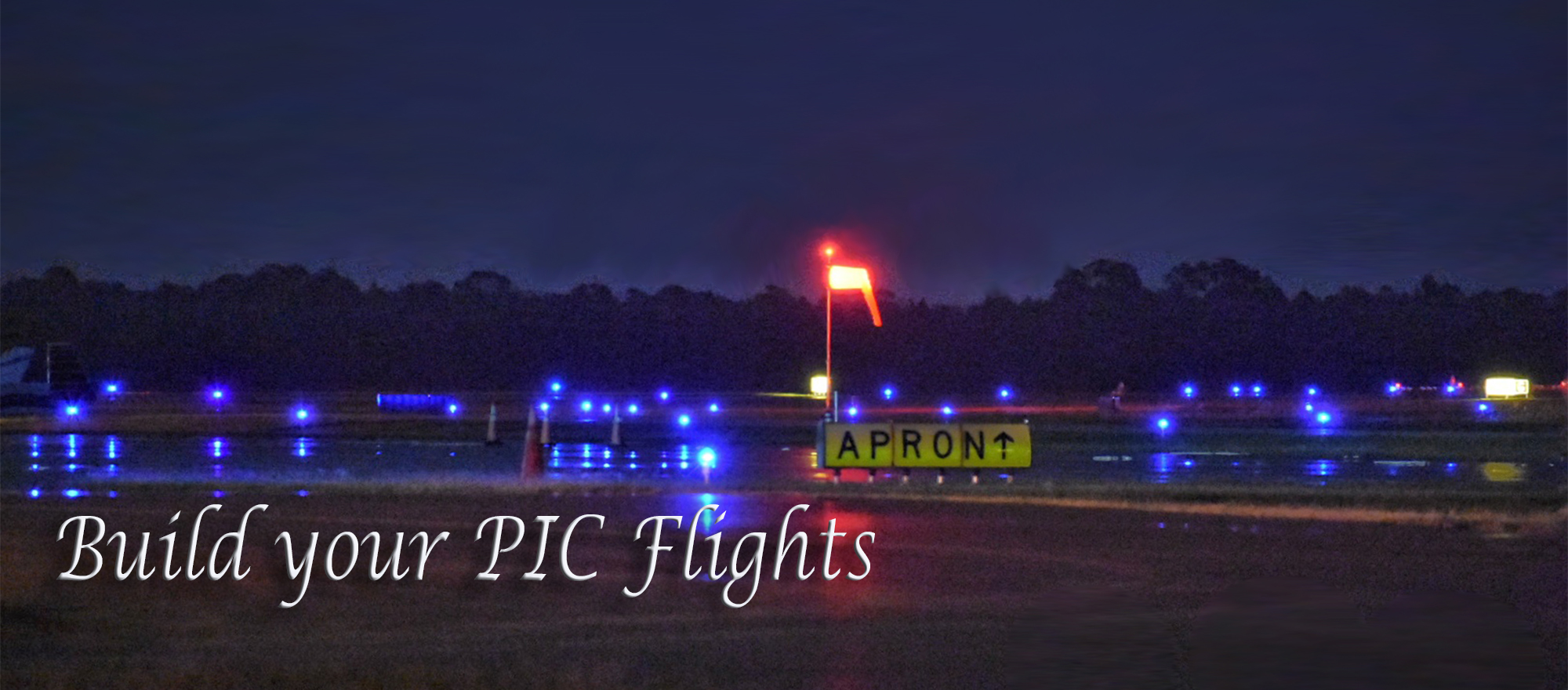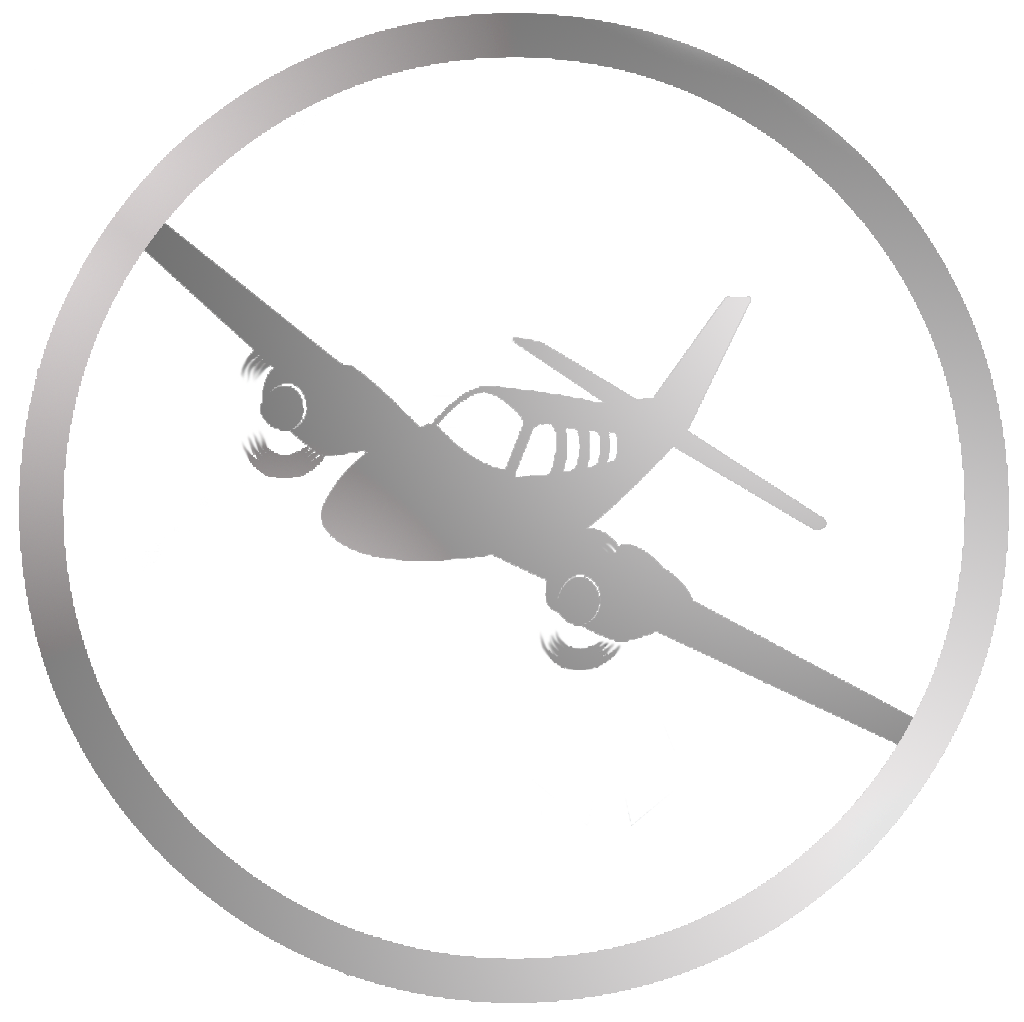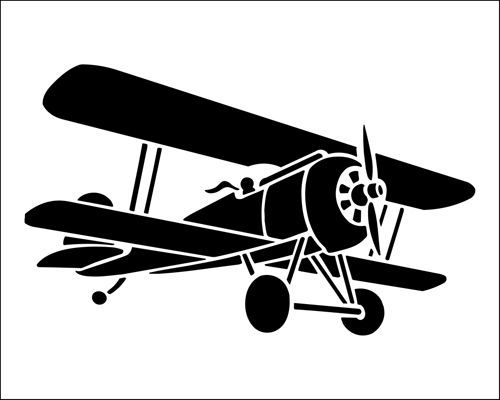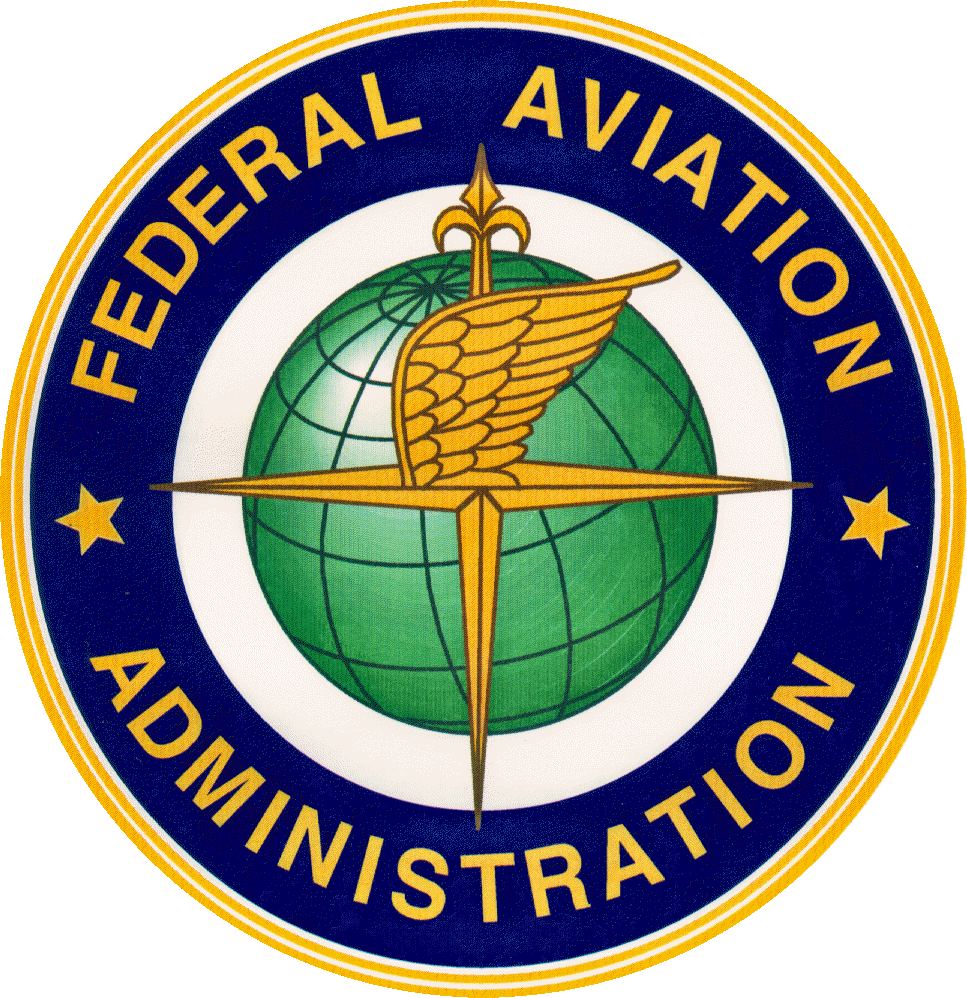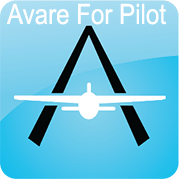Mastering the Basics Straight and Level Flight
Mastering the Basics: A Pilot's Guide to Straight and Level Flight
For those with their eyes set on the skies, the dream of flight often begins with the seemingly simple concept of straight and level flight. However, for pilots, achieving and maintaining this state is a foundational skill that unlocks a world of aviation possibilities. This guide dives into the essentials of straight and level flight, empowering you to navigate the skies with precision and control.
The Essence of Stability:
Straight and level flight is the cornerstone of all controlled flight. It's the state where the aircraft maintains a constant altitude, heading, and airspeed. Mastering this seemingly basic maneuver allows you to focus on more advanced skills like navigation and maneuvering.
The Balancing Act: Understanding the Forces
Maintaining straight and level flight requires a constant interplay of opposing forces acting on the aircraft:
- Lift: Generated by the airflow over the wings, lift counteracts the force of gravity and keeps you airborne.
- Weight: Gravity's relentless pull, weight acts directly downwards. Understanding your aircraft's weight is crucial for calculating takeoff performance and maintaining safe flight.
- Thrust: The engine's forward-acting force propels the aircraft through the air. By controlling the engine power, you can adjust thrust to maintain your desired airspeed.
- Drag: The opposing force of air resistance against the aircraft's body and wings. Minimizing drag is essential for efficient flight, as it directly affects your fuel consumption and overall performance.
In straight and level flight, lift equals weight, and thrust equals drag. By manipulating these forces through control surfaces (ailerons, elevators, rudder), pilots achieve the desired balance for stable flight.
Taking the Controls: Maintaining Stability
Here's how pilots utilize aircraft controls to maintain straight and level flight:
- Ailerons: Hinged control surfaces on the trailing edge of each wing. Ailerons move in opposite directions – one aileron up, the other down – causing the aircraft to roll and adjust its heading. By making small and coordinated aileron inputs, pilots can correct for minor heading deviations.
- Elevators: Hinged control surfaces on the trailing edge of the horizontal stabilizer. Raising the elevators pitches the aircraft nose up, increasing the angle of attack (AoA) for climb. Lowering them pitches the nose down, decreasing AoA for descent. In straight and level flight, slight adjustments to the elevator maintain the desired altitude.
- Rudder: Hinged control surface on the trailing edge of the vertical stabilizer. The rudder controls yaw, the aircraft's rotation around its vertical axis. While not directly affecting altitude or heading in straight and level flight, the rudder is used for coordinated turns to maintain aircraft stability.
The Art of Scanning: Maintaining Situational Awareness
While maintaining straight and level flight may seem straightforward, constant vigilance is essential:
- Visual Reference: Maintain visual reference points on the horizon or ground to detect any deviations in pitch or roll.
- Instrument Scan: Develop a routine scan of key flight instruments like the altimeter, airspeed indicator, and heading indicator to ensure you're maintaining the desired parameters.
- Radio Communication: Monitor ATC communications for instructions and maintain awareness of potential traffic conflicts.
Beyond the Basics: Refining Your Skills
Straight and level flight forms the foundation for all maneuvers in aviation. As you progress in your piloting journey, consider exploring these areas to further refine your skills:
- Trim Controls: Understanding how to use trim tabs to fine-tune the aircraft's balance for hands-free level flight, reducing pilot workload.
- Slow Flight and Stalls: Learning proper slow flight techniques and stall recognition to maintain safe airspeed and avoid critical situations.
- Wind Correction: Understanding how to compensate for wind effects to maintain your desired track during straight and level flight.
Remember: Straight and level flight may appear simple, but mastering it lays the groundwork for a confident and safe flying experience. By understanding the forces at play, effectively using the controls, and maintaining situational awareness, you'll transform yourself from a student pilot to a competent aviator, ready to explore the vast expanse of the sky. So, the next time you take to the skies, focus on achieving a smooth and stable straight and level flight – it's the foundation upon which all your future flying adventures will be built.

